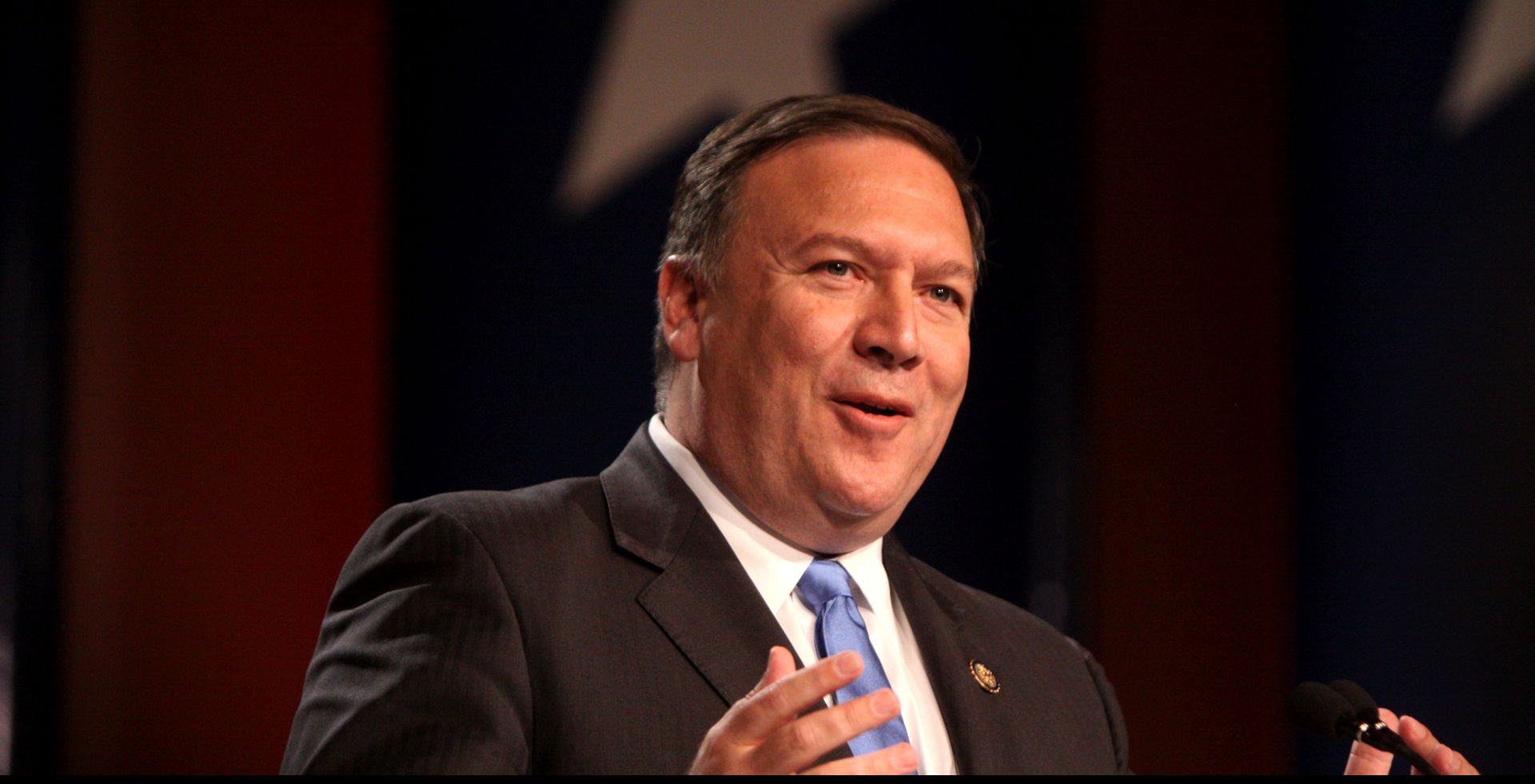Gaza Receives Food Aid: Israel Lifts Restrictions

Table of Contents
The Extent of the Humanitarian Crisis in Gaza
Food Insecurity and Malnutrition
Before the arrival of this latest aid, Gaza faced a severe food crisis. The UN estimates that over 70% of the population was experiencing food insecurity, meaning they lacked consistent access to sufficient amounts of safe and nutritious food. This has led to widespread malnutrition, particularly impacting children and vulnerable groups.
- Percentage of population facing food insecurity: Over 70% (Source: UN OCHA)
- Specific nutritional deficiencies: Protein deficiency, micronutrient deficiencies (iron, zinc, vitamin A), leading to stunted growth and increased susceptibility to illness.
- Impact on children and vulnerable groups: High rates of childhood malnutrition, increased mortality rates among infants and young children, weakened immune systems among the elderly and chronically ill.
Impact of Previous Restrictions
Years of Israeli restrictions on the flow of goods into and out of Gaza have severely hampered food availability and affordability. These restrictions have crippled the local agricultural sector and significantly limited imports.
- Types of restrictions imposed: Border closures, strict permit requirements for importing essential goods, limitations on fishing zones, restrictions on movement of agricultural workers.
- Effect on agricultural production and imports: Reduced agricultural yields due to limited access to seeds, fertilizers, and equipment; increased food prices due to limited supply; dependence on imported food, making the population vulnerable to price shocks and supply disruptions.
The Role of International Organizations
International organizations like the UN World Food Programme (WFP), numerous NGOs, and other humanitarian agencies have played a crucial role in providing food assistance to Gaza, even under challenging conditions. Their efforts have been vital in mitigating the effects of the blockade.
- Specific aid provided by key organizations: Emergency food rations, nutritional supplements for children and pregnant women, school feeding programs, support for local farmers.
- Challenges faced in delivering aid: Access restrictions, security concerns, bureaucratic hurdles, funding shortfalls.
- Their overall impact: Providing essential food aid to prevent widespread famine, addressing immediate nutritional needs, supporting vulnerable populations.
Details of the Newly Delivered Food Aid
Types of Food Provided
The recently delivered Gaza Food Aid includes a range of essential food items designed to address immediate nutritional needs.
- Quantities delivered: [Insert specific quantities if available, otherwise use estimates and cite source].
- Source of the aid: [Specify the donors – e.g., international organizations, governments, private donations].
- Distribution strategy: [Explain how the aid will reach the intended beneficiaries. ]
The Process of Aid Delivery
Distributing food aid within Gaza presents numerous logistical challenges.
- Distribution points: [Specify distribution points – e.g., UN warehouses, local community centers, schools].
- Involvement of local organizations: [Mention the role of local partners in ensuring efficient distribution].
- Security concerns: [Acknowledge any security concerns impacting distribution, and how they are being addressed].
- Potential bottlenecks: [Highlight any potential delays or obstacles in the distribution process].
Israel's Role in Facilitating Aid Delivery
Israel's role in permitting the entry of food aid is critical. The recent easing of restrictions has facilitated the delivery of this crucial assistance.
- Specific border crossings utilized: [Specify which border crossings were used].
- Changes in permit requirements: [Highlight any changes in permit requirements that have eased the process].
- Cooperation with international organizations: [Mention the level of cooperation between Israel and international aid organizations].
Long-Term Implications and Future Needs
Sustainability of Food Security
Addressing Gaza's food insecurity requires a long-term strategy that moves beyond emergency aid.
- Need for sustainable agricultural practices: Investment in modern farming techniques, access to improved seeds and fertilizers, water conservation strategies.
- Investment in local food production: Supporting local farmers, developing local food processing industries, promoting diversification of crops.
- Economic development initiatives: Creating employment opportunities, stimulating economic growth to increase purchasing power and reduce reliance on aid.
Addressing Underlying Issues
Sustainable solutions necessitate addressing the root causes of the humanitarian crisis.
- Political solutions: A lasting peace agreement is crucial for long-term stability and development.
- Economic reforms: Policies that promote economic growth and reduce unemployment are essential.
- Infrastructure development: Improvements in infrastructure are necessary for efficient food distribution and economic development.
- Addressing water scarcity: Sustainable water management practices are critical for agricultural production and public health.
Continued Need for International Support
The need for sustained international humanitarian assistance and long-term development support remains paramount.
- Call for continued donations: Continued financial support is essential for providing emergency food aid and supporting long-term development programs.
- Investment in sustainable solutions: Investing in sustainable agriculture, infrastructure, and economic development is critical for long-term food security.
- Advocacy for political solutions: Continued advocacy for a lasting peace agreement and political stability in the region is crucial.
Conclusion
The arrival of Gaza Food Aid offers temporary relief from a devastating humanitarian crisis, but it's not a permanent solution. The extent of food insecurity and malnutrition in Gaza, exacerbated by years of restrictions, highlights the urgent need for sustained international support. The long-term solution lies in addressing underlying political and economic issues, investing in sustainable agriculture and infrastructure, and fostering economic development. We must all work together to support Gaza food aid efforts, donate to Gaza relief, learn more about the Gaza food crisis, and advocate for increased Gaza food aid to build a more secure and prosperous future for the people of Gaza.

Featured Posts
-
 The Genius Of Agatha Christies Poirot Unraveling The Mysteries
May 20, 2025
The Genius Of Agatha Christies Poirot Unraveling The Mysteries
May 20, 2025 -
 La Cruda Verdad Conversacion Entre Schumacher Y Un Amigo Antes De Su Vuelta A La F1 En 2010
May 20, 2025
La Cruda Verdad Conversacion Entre Schumacher Y Un Amigo Antes De Su Vuelta A La F1 En 2010
May 20, 2025 -
 Politicko Sarajevo I Dayton Tadiceva Perspektiva O Opasnostima Rusenja
May 20, 2025
Politicko Sarajevo I Dayton Tadiceva Perspektiva O Opasnostima Rusenja
May 20, 2025 -
 Podnimaetsya Novaya Sharapova Proryv Molodoy Rossiyskoy Tennisistki
May 20, 2025
Podnimaetsya Novaya Sharapova Proryv Molodoy Rossiyskoy Tennisistki
May 20, 2025 -
 D Wave Quantum Inc Qbts Stock Surge On Friday Reasons Explained
May 20, 2025
D Wave Quantum Inc Qbts Stock Surge On Friday Reasons Explained
May 20, 2025
